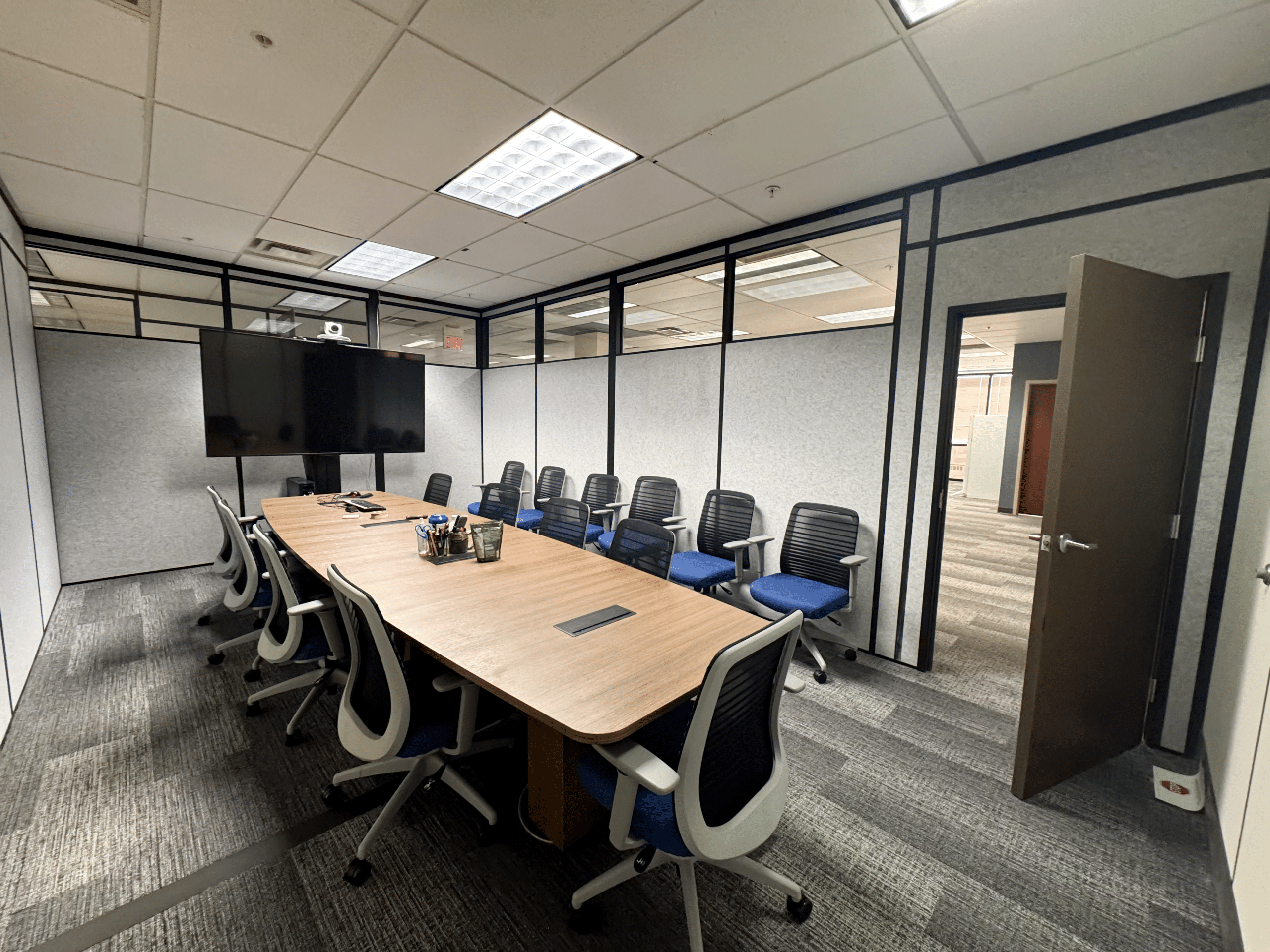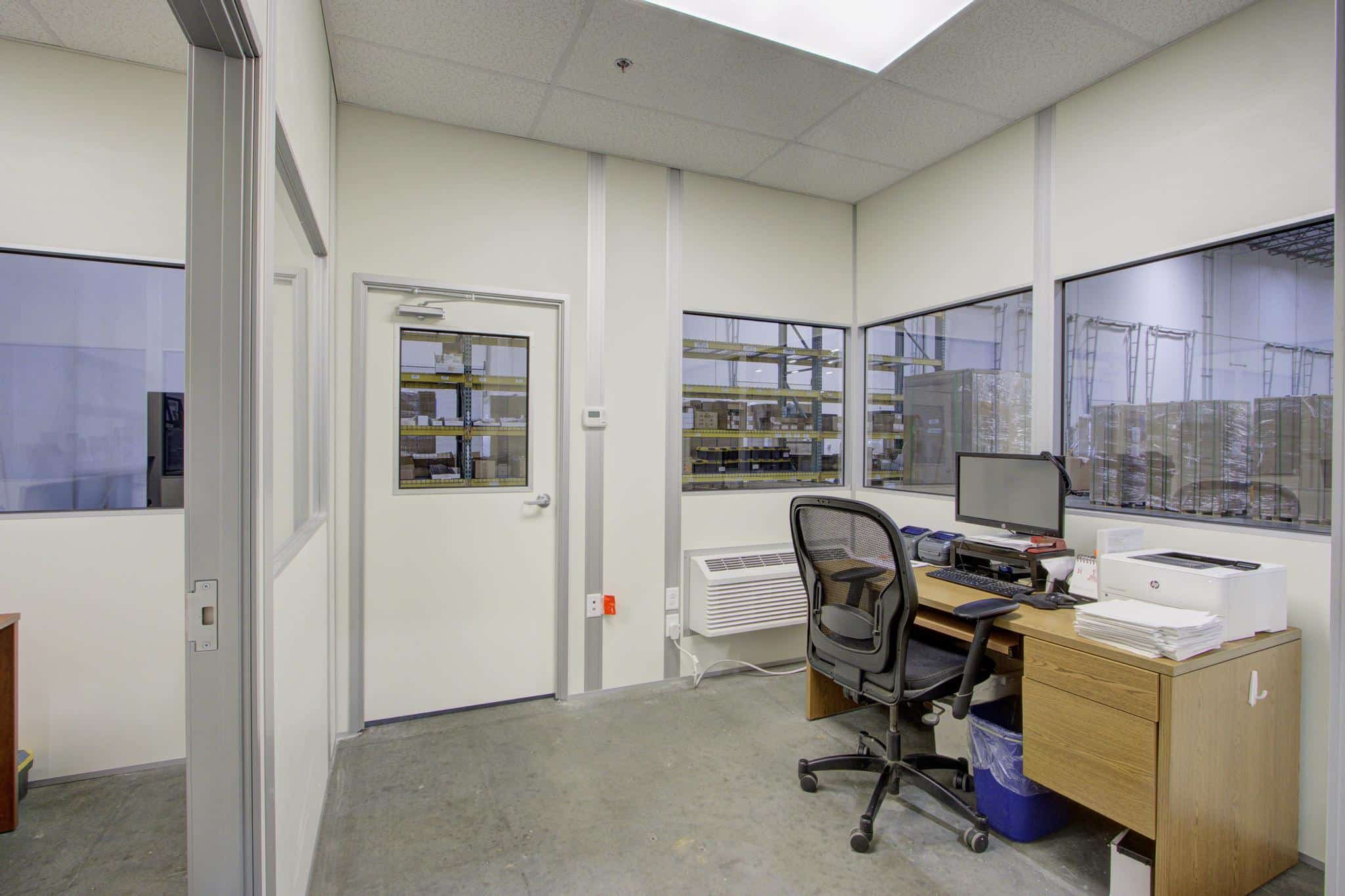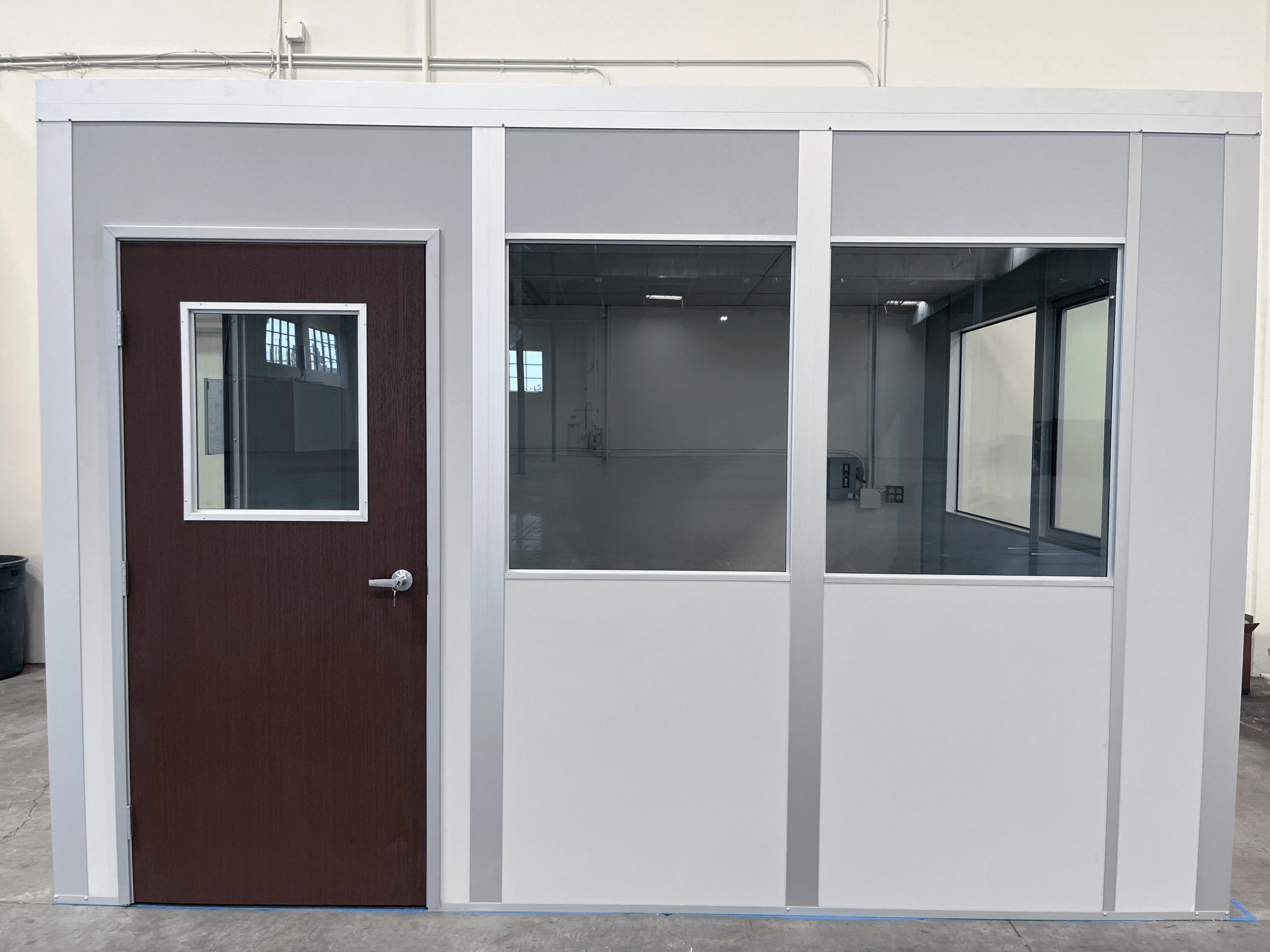Though technology has progressed so significantly that lasers are now used often in manufacturing, accidents can still create serious problems for businesses. Whether that’s due to an injury or a compliance violation, the consequences of uncontained class 4 lasers can be catastrophic. As a result, it’s become more important than ever to create proper laser welding enclosures. In this article, we’ll discuss what exactly they are, who uses them, some of their features, and more.
What Is a Laser Welding Enclosure?
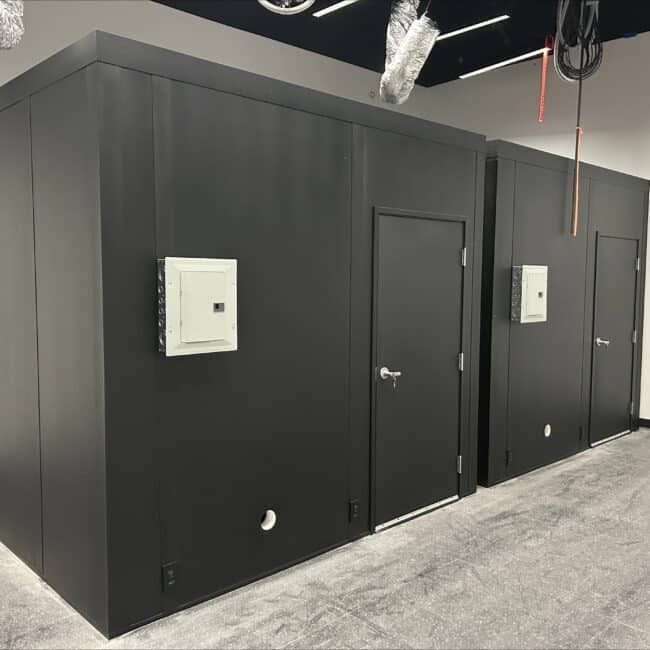
A laser welding enclosure is a housing or barrier built around a laser welding system. Its main purpose is to prevent laser beams from escaping, which can be dangerous even when merely reflected. It can also keep sparks and fumes contained.
Most laser welding systems use class 4 lasers, which is the most powerful type, so OSHA and ANSI standards require control measures, and in most cases, that means enclosing the laser. When well-designed, these enclosures create a class 1 environment surrounding it, which means that the laser system is safe enough to be around with any kind of protective gear.
Who Needs Laser Welding Enclosures?
Any business laser welding equipment will likely need an enclosure. They are most common for:
- Medical device manufacturing
- Car part suppliers
- Electronics
- Aerospace and defense
- Robotic welding systems or automation cells
Important Features for Laser Welding Enclosures
Not all enclosures are the same, and when setting one up, you’ll want to make sure they have some necessary features. Here are a few of the most common:
- OD-rated windows (so you can see inside)
- Interlocking doors
- Ventilation & fans
- Access holes for robot arms and loading parts
- Tough panels to block out the lasers
Compliance and Safety
Laser enclosures are meant to keep people safe, but they also need to meet certain regulations, especially in the United States. ANSI Z136.1 lays out the basics for laser use, and OSHA enforces many of those guidelines in the workplace.
As we mentioned already, when a class 4 laser has an enclosure around it, the whole system can be treated as class 1, which typically removes the need for any PPE around it. The laser light, fumes, and sparks are all carefully contained inside.
The Bottom Line
If you’re using a Class 4 laser, chances are you’ll need an enclosure. It helps keep your people safe, satisfies OSHA and ANSI requirements, and prevents accidents before they happen.
Interested in setting up laser welding enclosures at your business? Reach out to the experts at Allied Modular today for a quote on new spaces.
FAQs About Laser Welding Enclosures
1. Can laser welding enclosures be installed around existing equipment?
Yes, absolutely. Many modern enclosures are modular, and these can easily be installed around existing laser systems.
2. Are there standard sizes for laser welding enclosures?
While some manufacturers do have standard models, most laser welding enclosures are mostly custom-built to fit into your layout.
3. Are laser welding enclosures legally required?
Yes, absolutely. Both OSHA and ANSI require safety measures for class 4 lasers, and in most cases, that means using an enclosure.
4. Are laser machine enclosures the same as laser welding enclosures?
Laser machine enclosures are similar but more broad in scope. Laser welding enclosures are made specifically for welding, and are made to handle things like sparks, heat, and fumes that come from it.
5. What are the enclosures usually made of?
They are usually made from materials such as powder-coated steel, aluminum for framing, laser-proof glass or acrylic for windows, and sealed composite panels.
